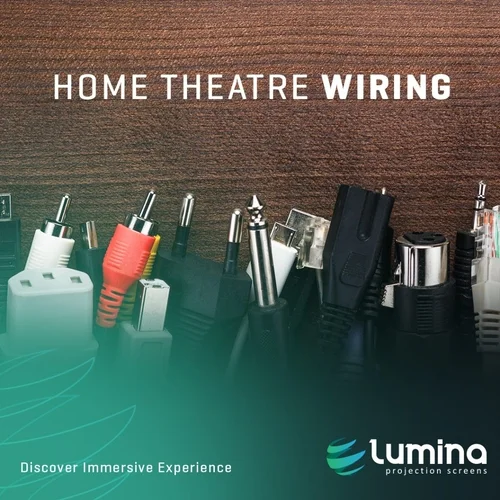
Home theatre wiring is like the veins in a human body. Just the way veins in our body transfer oxygen-depleted blood towards our heart, the wiring of Home Theatre (or any for that matter) make sure to keep the current going from one element to another to indeed make you enjoy your Home Theatre experience to the fullest.
We understand that this might be a daunting task, but let us relieve you by disclosing the fact that in most cases, the wirings will come with a manual which will have exact instructions on how you need to connect the correct wires and match the terminals. Also, the wires are usually labelled as to where they are supposed to be inserted.
They might be just lying on the floor or hanging on the walls somewhere or maybe even hidden under the carpet but they still remain to be a very important part of the home theatre set up and hence we thought, it’s important to introduce you to this family of cable wires.
Let’s cover some of the most common audio and video wirings.
HDMI
The standard cable connection for connecting devices like TVs, projectors, desktops, laptops, etc. It helps you to transfer audio and video from high definition input devices. As the full form of this acronym typically indicates – High Definition Multimedia Interface.

DVI
Digital Video Interface (DVI) wiring allows you to send high-resolution videos, particularly used for projectors and computers. There are 2 types of DVIs that you can use; such as DVI-D (sends digital signals), DVI-A (sends analog signals) & DVI-I (sends both signals). You can check which one you require for your home theatre set up and buy accordingly.
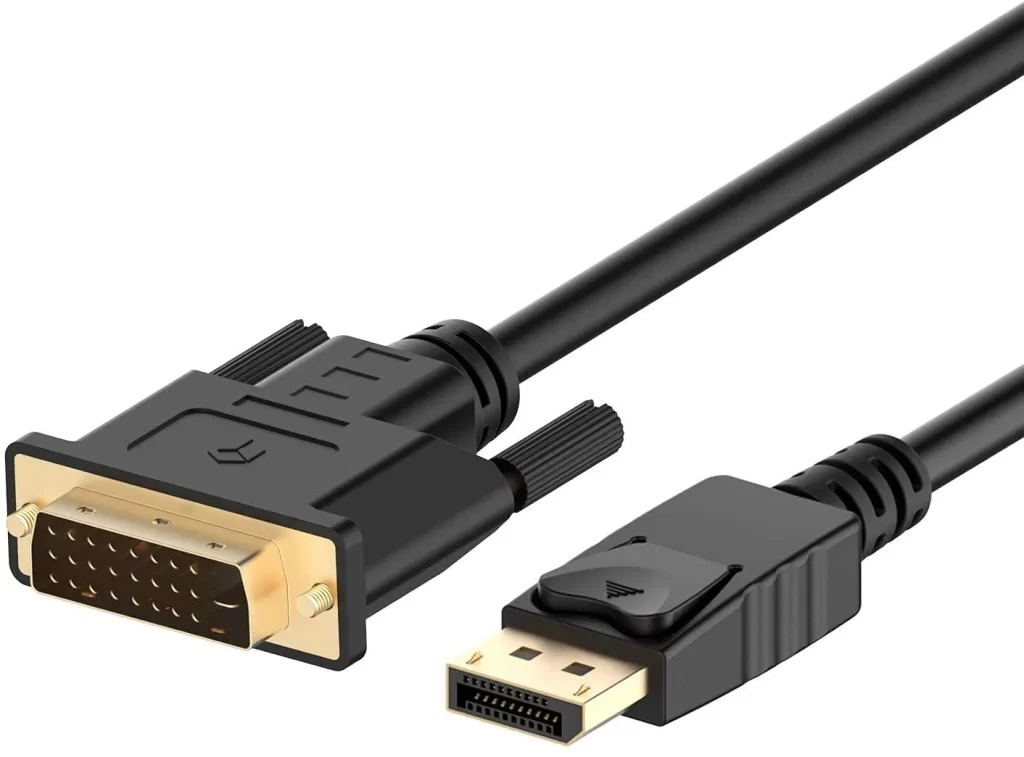
Component
They are found in a set of 3 wires – red, blue and green one and you need to connect them as per the colour shown on the device you’re connecting it with. This is the most commonly used wire if you don’t have HDMI or DVI with you. They help you deliver analog video signals from sources like DVD players or blue rays to TVs, Projection Screens.
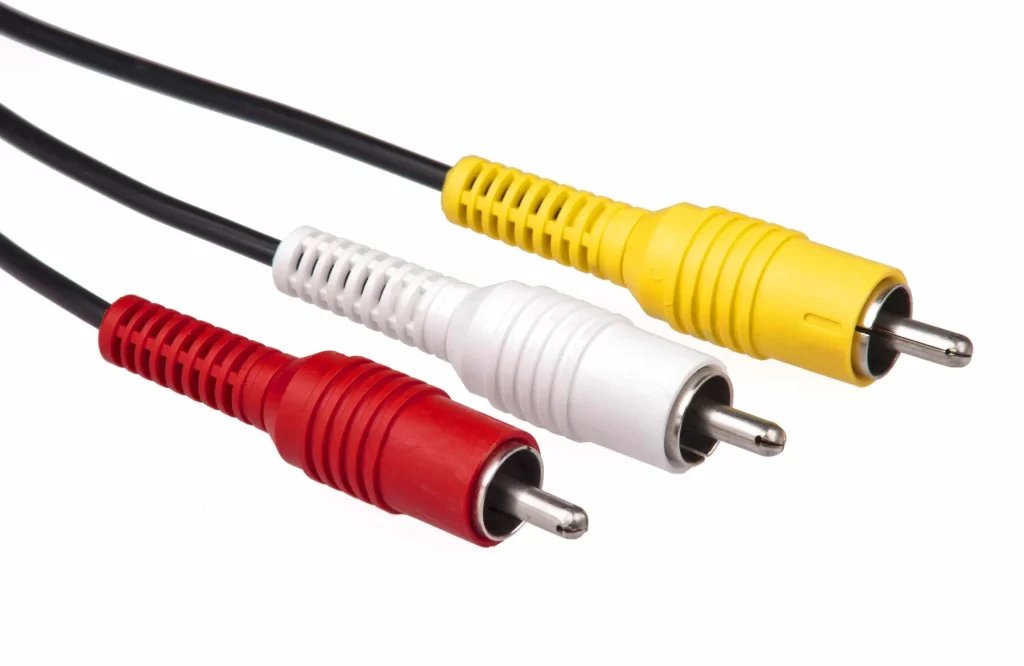
Composite
This wiring is not so popular for home theatre setups. It’s old technology and is being replaced completely by the component video cables. You might want to use it only when you need to transmit any video from older devices like VCRs.
VGA
If you don’t have HDMI or DVI, this is the third-best wiring you can use to transmit video from your computer/laptop to TVs/Home Theatre Screens. You can receive an analog RGB signal from devices with high-standard signals. Please note that it doesn’t support transmitting audio signals.
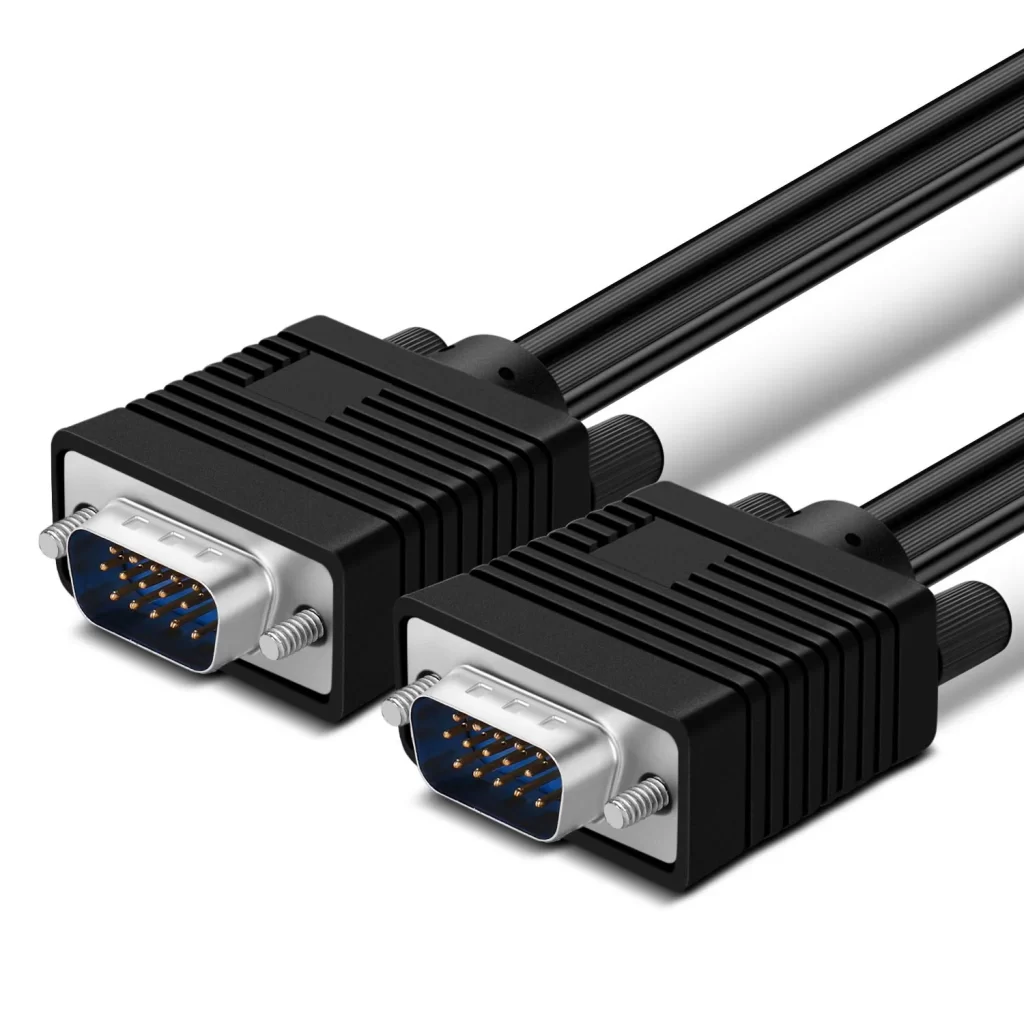
Optical audio
These wirings can support up to 5.1 surrounds sound transmission to home theatres. It is one of the most popularly used connections for sending digital audio signals. They may not support high-resolution audio files and use laser light to transmit digitally between devices. A potential benefit of optical connections is that they won’t be affected by electromagnetic interference.
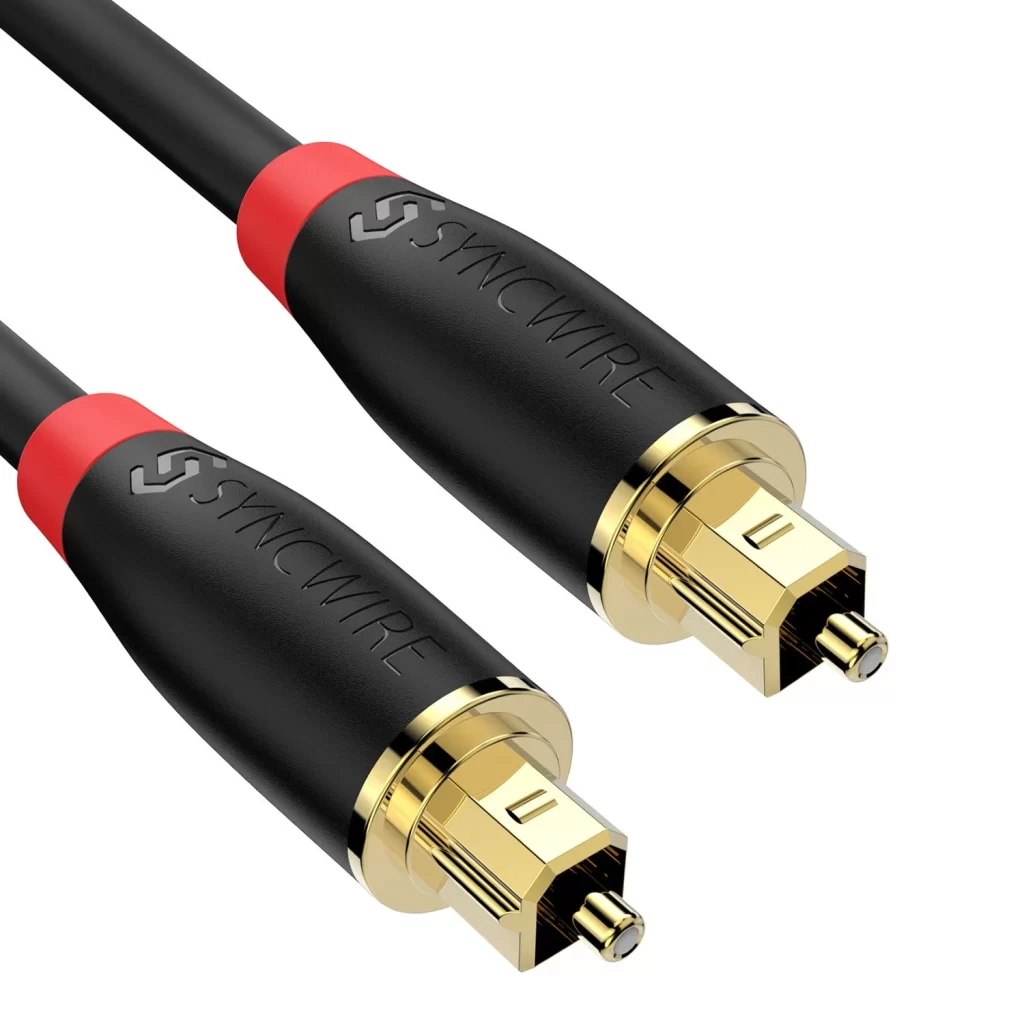
Speaker wire
They come in different gauges like thick wires & thin wires. Most of the time they don’t come paired with speakers hence you will have to buy them separately. They are used to connect the amplifier to a stereo or surround sound system, whichever you opt for. Being said that, they work better for high-power and low-impedance systems.

Stereo RCA
Fun fact: RCA stands for the Radio Corporation of America and they were first used by this institute itself. Being a common connection for transferring analog 2-channel audio, RCA wires typically come in color combinations like White & Red/Black. It can connect a wide range of devices such as stereos, speakers, camcorders to your projection screen.
Coaxial Audio
Coaxial Audio wires allow you to transfer high-quality audio as well as video signals between a short distance. For its ability to transfer high-quality, it’s an amazing pick for exciting movie buffs as well as home theatre owners. Also, they are very easy to install!
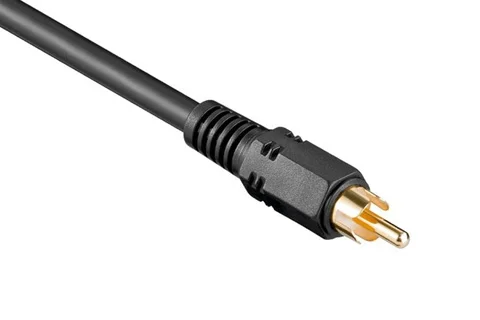
Which connections should they use as per the audio & video classification?
From the above descriptions of these wirings, you must have gotten a brief idea of what these cable wires are to be used for.
If we have to segregate these types, they could be into 3:
- Audio only
- Video only
- Audio & Video
Audio & Video Cables: HDMI
Audio only cables: Optical Audio, Coaxial Audio, Stereo RCA, Multi-channel RCA, Mini Stereo Jack
Video only cables: DVI, Component, Composite, VGA
Now that you know this, you need to figure which connections you have on your devices and connect accordingly.
Final thoughts!
- Get to know your cable connections very well before you even buy them. Also, understand your home theatre devices as well as the hardware.
- If you do not plan on using connectors (although it’s recommended), then you should get wire strippers. Take off approximately 1cm of insulation from each end and twist the strands so they remain tight and together.
- If the wires can be hidden somewhere under the carpet or anywhere, do it so that they remain safe from anyone tripping over them. Also, this is for your safety too as you won’t be in close touch with them.
We hope this blog post sheds light on introducing the home theatre wiring to you. If you still have any questions, comment below!
FAQ’s
What wiring is needed for a home theater setup?
Essential wiring includes HDMI cables, speaker wires, power cables, and network cables for streaming and smart control.
How can I hide home theater wires for a clean look?
Use cable management solutions like in-wall conduits, cable raceways, or wireless systems for a neat and organized setup.
What is the best HDMI cable length for a home theater?
HDMI cables up to 15 feet work best; for longer distances, use active HDMI or fiber-optic HDMI cables to avoid signal loss.
Do I need special wiring for a projector setup?
Yes! Run an HDMI or optical fiber cable from your projector to your AV receiver and ensure proper power cable management.
Does Lumina Screens provide solutions for better home theater setups?
Yes! Lumina Screens offers high-quality projection screens to pair with your professional home theater wiring setup for the best experience.
- Date - July 28, 2021